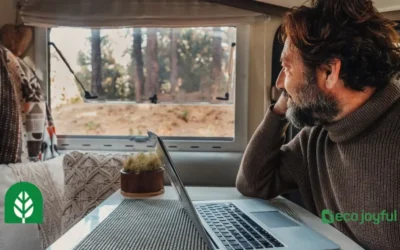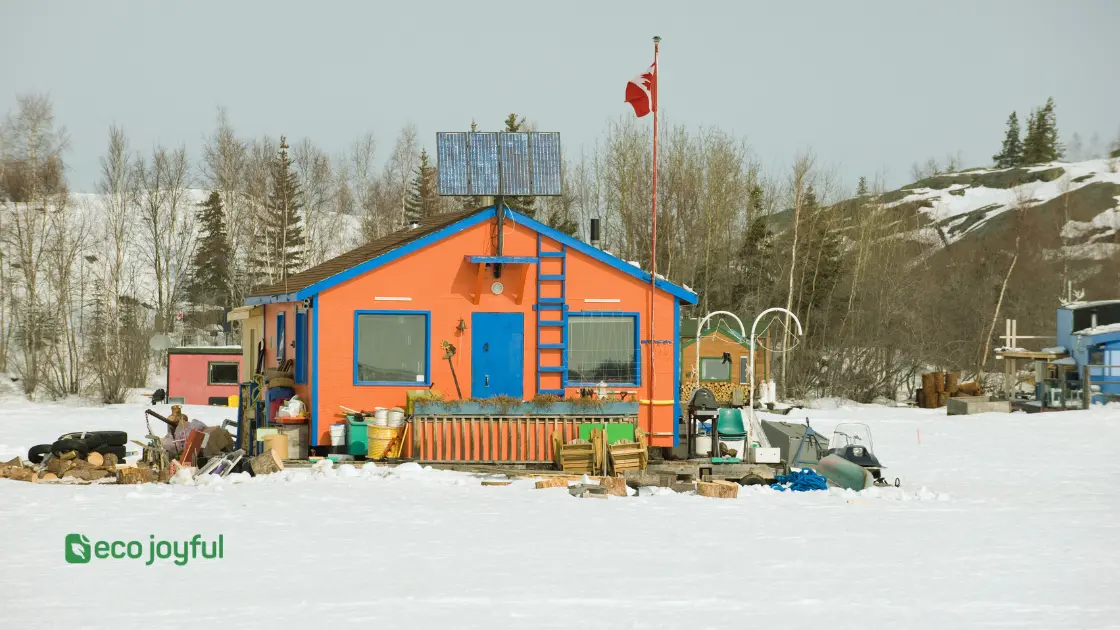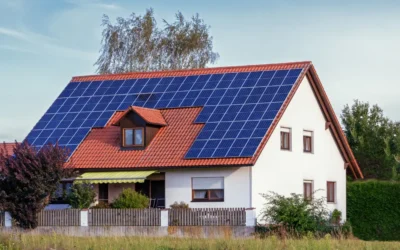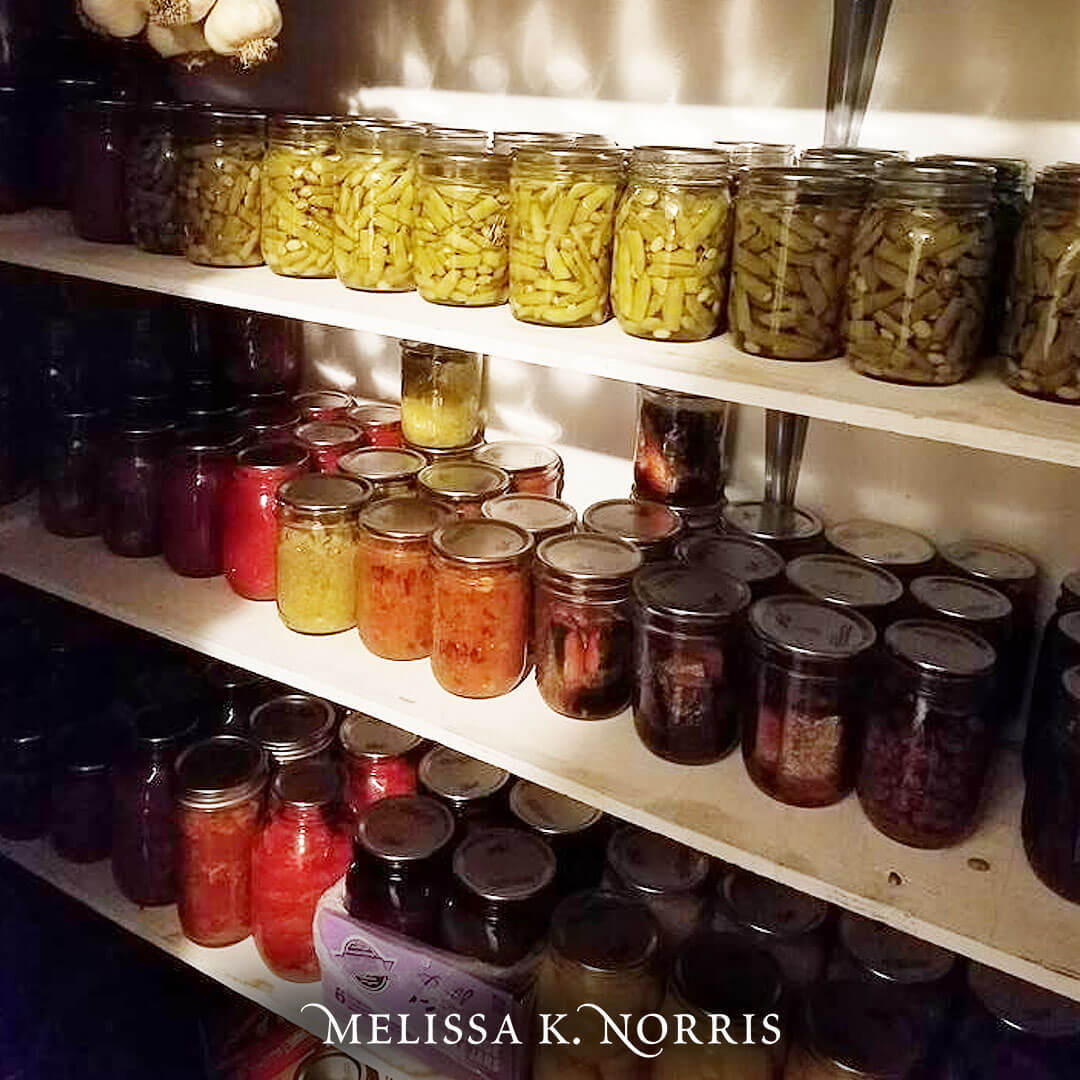Preserving while food living off the grid involves proper storage and canning techniques. With limited access to refrigeration and electricity, it’s important to use methods like root cellaring, smoking, and dehydration to make food last longer.
Living off the grid is a lifestyle that appeals to many individuals who want to live a more sustainable and self-sufficient life. However, one of the challenges of living off the grid is the need to preserve food without the luxury of modern appliances like refrigerators and freezers.
Preserving food on the homestead involves a variety of techniques such as canning, root cellaring, smoking, and dehydration. By following these methods, homesteaders can prolong the life of perishable food and ensure they have a steady supply of food throughout the year, even without access to electricity or refrigeration. We will discuss some of the best ways to preserve food while living off the grid.
Table of Contents
Why We Need To Preserve Food
Preserving food is crucial for those living off the grid as it helps maintain a steady supply of nutrients. Canning, smoking, and drying are some common methods that help prevent food spoilage and extend the availability of fresh produce.
Preserving food has been essential for human survival for thousands of years. While many people today have easy access to fresh food, there are still some significant reasons why preserving food is important. In this post, we’ll explore some of these reasons.
Economic Reasons
Preserving food can be a cost-effective way to maintain a healthy diet all year round. By preserving food during peak harvest seasons, you can save money on buying out-of-season produce. Additionally, preserving food can help you save on food waste. Rather than buying more than you need and tossing the excess, preserving food allows you to use what you have and enjoy it for months to come.
Environmental Reasons
Preserving food is also an eco-friendly choice. By reducing food waste, you’re helping to reduce the amount of greenhouse gases produced by landfills. Additionally, preserving food encourages people to eat local and in-season produce, which has a lower carbon footprint than food that is shipped from far away.
Natural Disasters
Finally, preserving food is crucial in the event of natural disasters. In the case of power outages or disruptions to the food supply chain, having a stockpile of preserved food can help ensure that you and your family have enough to eat. Whether you’re living off the grid or just preparing for emergencies, preserving food is a smart choice.
In conclusion, preserving food has significant economic, environmental, and survival benefits. By taking advantage of preservation methods, you can enjoy fresh, healthy food all year round and be prepared for any emergency that comes your way.
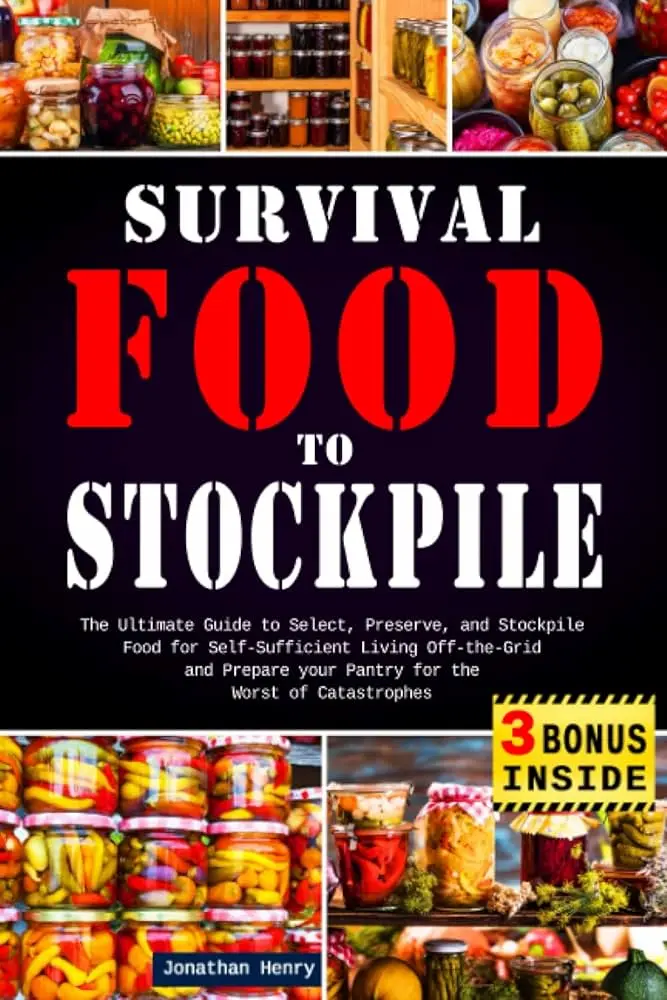
Credit: www.amazon.com
Popular Food Preservation Techniques
Popular Food Preservation Techniques: When living off the grid, it’s essential to preserve food for long-term use, especially during the winter months. Fortunately, there are several popular techniques for preserving food without electricity or modern-day appliances. This post will explore three of the most popular food preservation techniques: canning, freezing, and dehydrating.
Canning
Canning is a popular food preservation technique that involves packing food into jars and heating them to kill any bacteria and create a seal. This process allows food to be stored at room temperature for up to one year. The most common foods that are canned include fruits, vegetables, jams, and pickles. Canning requires a few essential tools such as jars, lids, and a pressure canner or water bath canner. If you’re new to canning, it’s important to follow the correct canning process and be aware of food safety guidelines to ensure the food is safe for consumption.
Freezing
Freezing is another popular food preservation technique that involves storing food at sub-zero temperatures to stop the growth of microorganisms. This technique is perfect for preserving fruits, vegetables, meats, and baked goods. Freezing requires adequate freezer space and high-quality freezer bags or airtight containers. One benefit of freezing is that it maintains food quality and nutritional value. However, it’s important to label and date the frozen food to ensure you know what it is and its shelf life.
Dehydrating
Dehydrating is a food preservation technique that involves removing moisture from the food to stop bacteria growth and increase shelf life. This method is perfect for preserving fruits, vegetables, and herbs. The most popular ways to dehydrate food are using a food dehydrator or by using the sun’s heat. Dehydrating food increases its shelf life by removing the water, which causes food spoilage. The dehydrated foods must be stored in an airtight container to prevent moisture from re-entering them.
Conclusion
The popular food preservation techniques – canning, freezing and dehydrating – are fantastic methods for preserving food for long-term consumption. Each method has its advantages and disadvantages, but they all allow for the preservation of different types of food and use minimal energy. Choose the technique(s) that work best for your needs, and remember to maintain food safety guidelines when preserving food living off the grid.
Living Off The Grid
Living off the grid requires preserving food without the use of electricity. This can be achieved through methods such as canning, dehydrating, and smoking. It’s important to consider the climate and environmental factors when choosing the appropriate method to preserve food.
Living off the grid is a way of life that involves living without the support of public utilities such as electricity, gas, and water systems. This lifestyle is often associated with those who live in remote locations, where it is not feasible to connect to the grid. However, it is possible to live off the grid even in a modern city or town.
What Does Living Off The Grid Mean?
Living off the grid means being completely self-sufficient and not relying on the public utility systems. It means producing your own electricity through solar panels or wind turbines, using a well or rainwater system for water supply, and disposing of waste through composting or septic systems. Living off the grid also entails growing your own food, preserving it, and being prepared for emergencies.
Why Should You Choose To Live Off The Grid?
Choosing to live off the grid offers a multitude of benefits. For one, it can drastically reduce your carbon footprint, as you are not consuming electricity or water produced by fossil fuels. You can also save money on utility bills and become more self-reliant. Moreover, living off the grid can offer a sense of independence and freedom, allowing you to connect more with nature and live a simpler lifestyle.
Challenges Of Living Off The Grid
Although living off the grid has many benefits, it is not without its challenges. The initial cost of setting up a self-sustaining system can be high, and it may require a significant investment of time and effort. Additionally, living off the grid may limit your access to modern amenities and technologies that are reliant on the grid. Ensuring a consistent and reliable power supply and water source can also be a challenge.
In conclusion, living off the grid is a way of life that offers many benefits, but it is not without its challenges. It requires a significant commitment to self-sustainability and may require a high initial investment. However, for those willing to put in the effort, it can offer a sense of independence, a simpler lifestyle, and a reduced carbon footprint.
Preserving Food Off The Grid
Preserving food off the grid is crucial for those who live in remote areas without access to supermarkets. Canning, smoking, dehydrating, and fermenting food are some popular preservation methods that help maintain food quality and extend shelf life.
Preserving Food Off The Grid
Living off the grid means being self-reliant and learning to provide for oneself in various aspects, including food preservation. Preservation is an essential aspect of food storage, especially when off the grid, as it ensures food stays fresh and nutritious for an extended period. This blog post will discuss various preservation techniques and projects that work best for off-the-grid living.
Choosing the right preservation technique
Choosing the right preservation technique ensures that the food stays fresh and nutritious for an extended period. Below are some of the techniques to consider:
Canning
Canning is an effective preservation technique that can last for years. It involves heating the food until it is sterile, placing it into a jar, and sealing it air-tight. Canning works best for fruits, vegetables, and meats.
Smoking
Smoking is a preservation technique that can add flavor to your food. It involves applying smoke to food, which dehydrates and preserves it. Smoking works best for fish, meat, and cheese.
Dehydration
Dehydration involves removing moisture from food, making it less likely to spoil. Dehydrated foods are lightweight and take up less storage space. Dehydration works best for fruits, vegetables, and meats.
Factors to consider
Several factors come into play when choosing a preservation technique that suits your off-the-grid life. These factors include:
Food type
Each preservation technique works best for certain food types. Canning is ideal for fruits, veggies, and meats, while smoking is best for fish, cheese, and meat.
Storage space
Consider the amount of storage space required for each preservation technique, especially for those with limited space.
Resource availability
Some preservation techniques require specific resources, such as electricity or water, making them unsuitable for off-the-grid situations.
DIY Food Preservation Projects
If you are living off the grid, DIY preservation projects are cost-effective and fun. Some of the projects include:
Solar Food Dehydrator
A solar food dehydrator utilizes sunlight and heat to remove moisture from food.
Root cellar
A root cellar stores fruits, vegetables, and root crops in a cool and dark environment, preserving them for a prolonged period.
Smokehouse
A smokehouse is a DIY project that involves building a structure to store food that is smoked to preserve it.
In conclusion, preserving food off the grid requires a combination of various techniques and projects to ensure a constant supply of fresh and nutritious food. Consider the food type, available resources, and space when choosing a preservation technique. DIY projects are cost-effective and fun.
Benefits Of Preserving Food Off The Grid
Preserving food off the grid has numerous benefits, such as reducing food waste, ensuring a stable food supply, and saving money. By learning how to can, ferment, and dry food, individuals can become more self-sufficient and environmentally conscious while living off the land.
Preserving food off the grid has many benefits. When you are living off the land, it is imperative to know how to preserve food. There are different methods available, such as canning, dehydrating, and fermenting. Each of these methods has its benefits, and they all contribute to self-sufficiency, reduced costs, and food security.
Self-sufficiency
Preserving food off the grid means you won’t be reliant on grocery stores for your daily meals. When you cultivate and preserve your food, you are entirely self-sufficient, which is essential when living off the grid. It allows you to manage your resources and attain independence.
Reduced Costs
Preserving food off the grid reduces expenses in various ways. Firstly, you won’t have to spend money on expensive kitchen gadgets since off-the-grid methods of preserving food are simple and straightforward. Secondly, by planting and growing your food, you cut out the middleman, thus reducing costs. Lastly, preserving excess foodstuffs will prevent them from going to waste, and that, in turn, can reduce the overall cost of food.
Food Security
Food security is the quality of having reliable access to sufficient, safe, and nutritious food. Preserving food off the grid ensures that you have enough food to satisfy your needs. Food preservation by different methods is also an assurance that you will have food even in emergencies, such as a drought and famine. Additionally, when you choose to preserve your food, you control the quality of the food you consume; thereby, unconsciously improving your health.
In Summary, preserving food off the grid is beneficial in many ways and an essential skill when living off the land. It improves Self-sufficiency, Reduces costs, and guarantees Food security. These are just a few reasons why everyone who wishes to live off the grid should learn how to preserve their food.
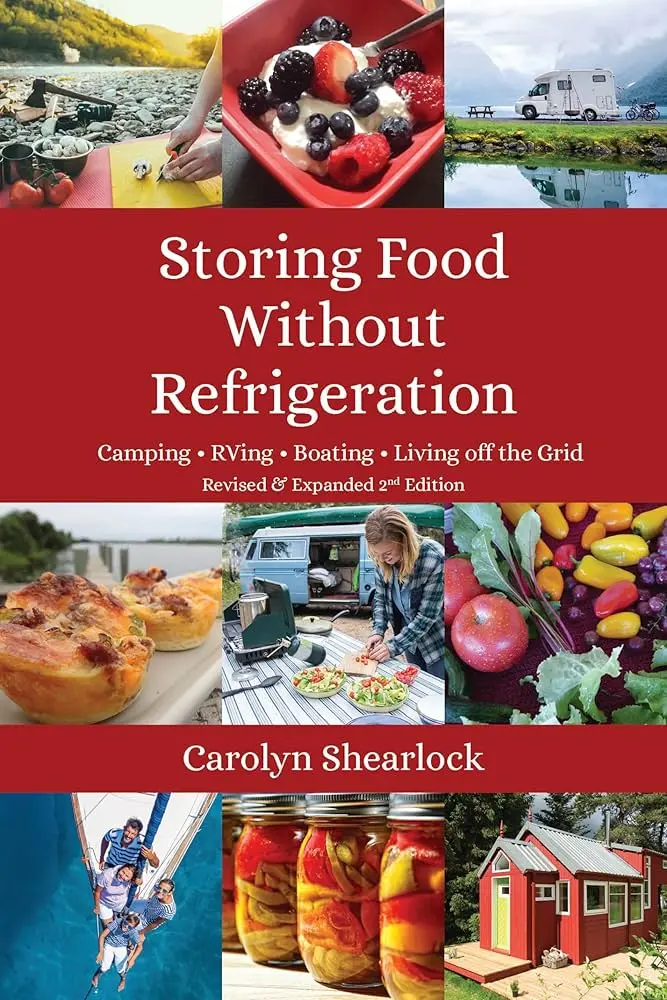
Credit: www.amazon.com
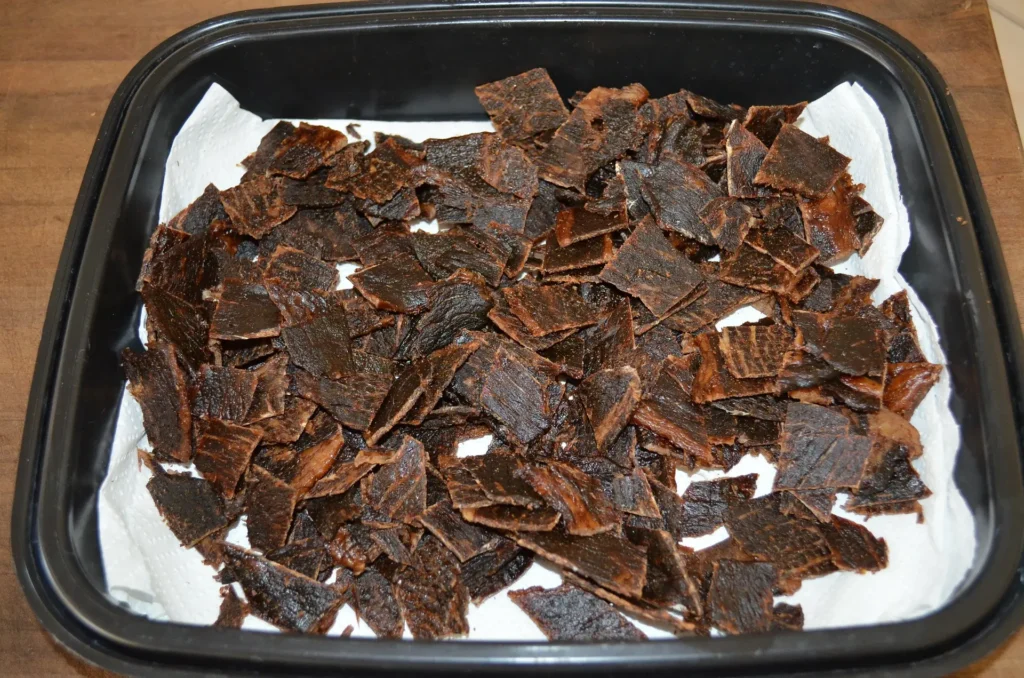
Credit: offgridliving.net
Conclusion
Preserving food is crucial for anyone living off the grid. With the right skills and knowledge, it is possible to store food safely and for extended periods. From drying and canning to using root cellars and cool boxes, there are various methods to explore.
The key is to find the ones that work best for you and your situation. By preserving food, you can ensure a constant supply of sustenance and maintain your self-sufficiency in the wild.


